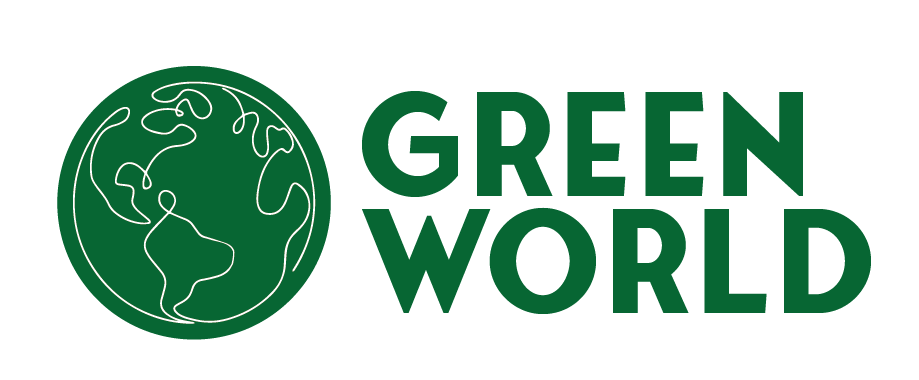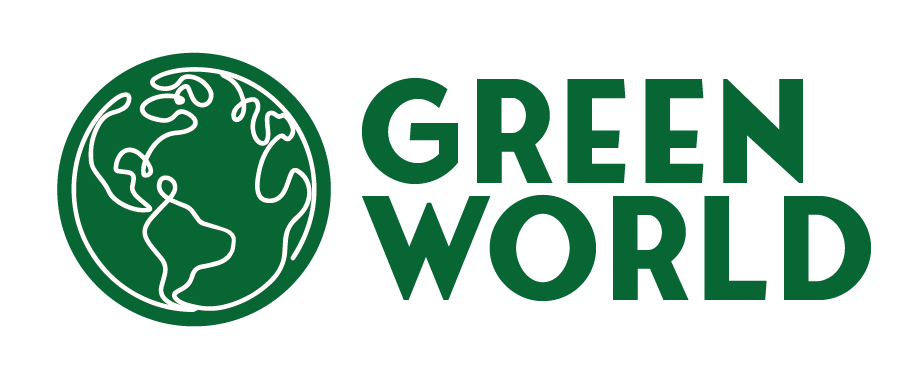Europe’s clean energy ambitions just got a significant boost. Germany and the Netherlands recently awarded rights to build a whopping 6.5 GW of offshore wind farms – a major milestone on the path to a sustainable future. However, a closer look reveals a potential roadblock in the form of a controversial auction method: negative bidding.
Unlike traditional auctions where companies compete with the lowest price, negative bidding flips the script. Here, developers bid the amount they’re willing to pay for the right to build a wind farm. While this might seem like a government getting a good deal, the consequences for project development and ultimately, energy consumers, raise concerns.
The Downside of Negative Bids
Negative bidding introduces several hurdles for developers:
- Cost Inflation: The winning bids translate to additional upfront costs that developers need to factor into project budgets. This can squeeze profit margins and make financing more challenging.
- Supply Chain Squeeze: These extra expenses may ripple through the wind energy supply chain, which is still grappling with post-pandemic disruptions and rising material costs.
- Consumer Impact: In some cases, developers may pass on these costs to electricity consumers, potentially leading to higher energy bills.
- Financing Hurdles: The variable revenue stream tied to market electricity prices makes it less attractive for banks to offer loans. This pushes developers towards more expensive equity financing, further increasing project costs.
Alternative Approaches
Wind industry leaders like WindEurope CEO Giles Dickson argue that negative bidding offers a “short-term gain for finance ministries” but comes at a “long-term cost for society.” Alternative auction models, such as Contract for Difference (CfD) auctions, provide developers with more financial certainty. In CfD auctions, developers bid the revenue they need to make the project viable. If market prices are higher, they pay the difference back to the government. Conversely, if market prices are lower, the government tops up the revenue to the agreed-upon level. This predictability allows developers to secure better financing terms, ultimately leading to potentially lower costs for consumers.
Looking Ahead
The recent auctions showcase Europe’s commitment to harnessing the power of offshore wind. However, the use of negative bidding raises questions about the long-term sustainability of this approach. A shift towards alternative auction models could create a more stable and predictable environment for developers, fostering a healthy wind energy sector and ultimately accelerating Europe’s clean energy transition.



